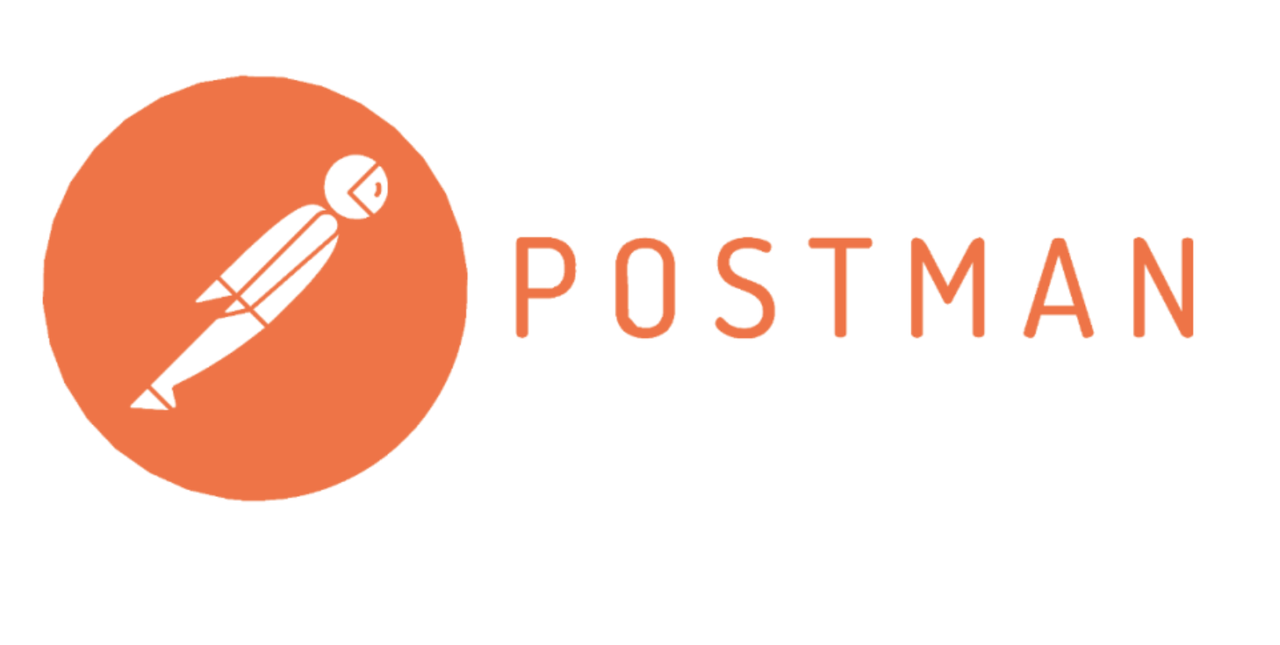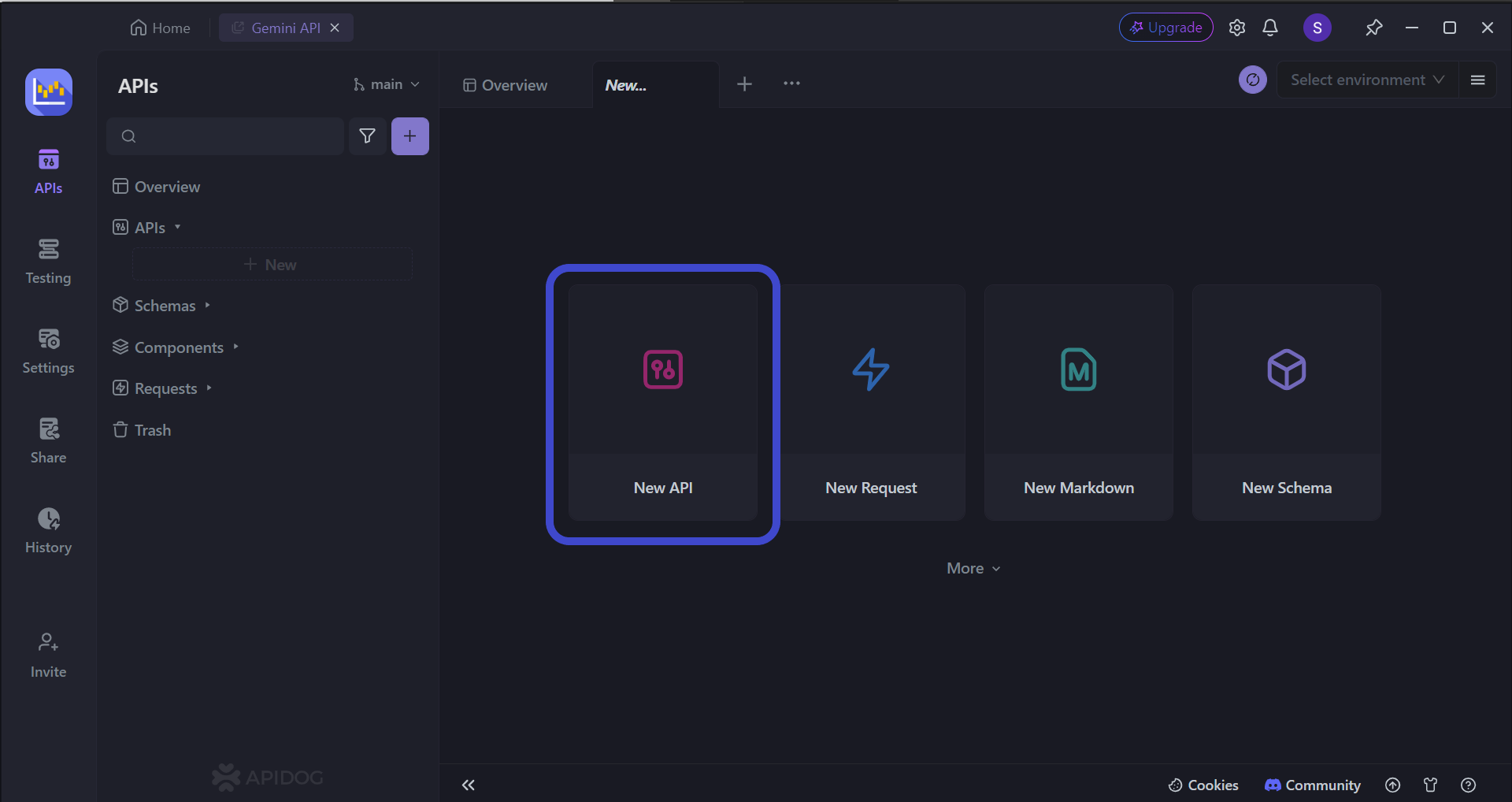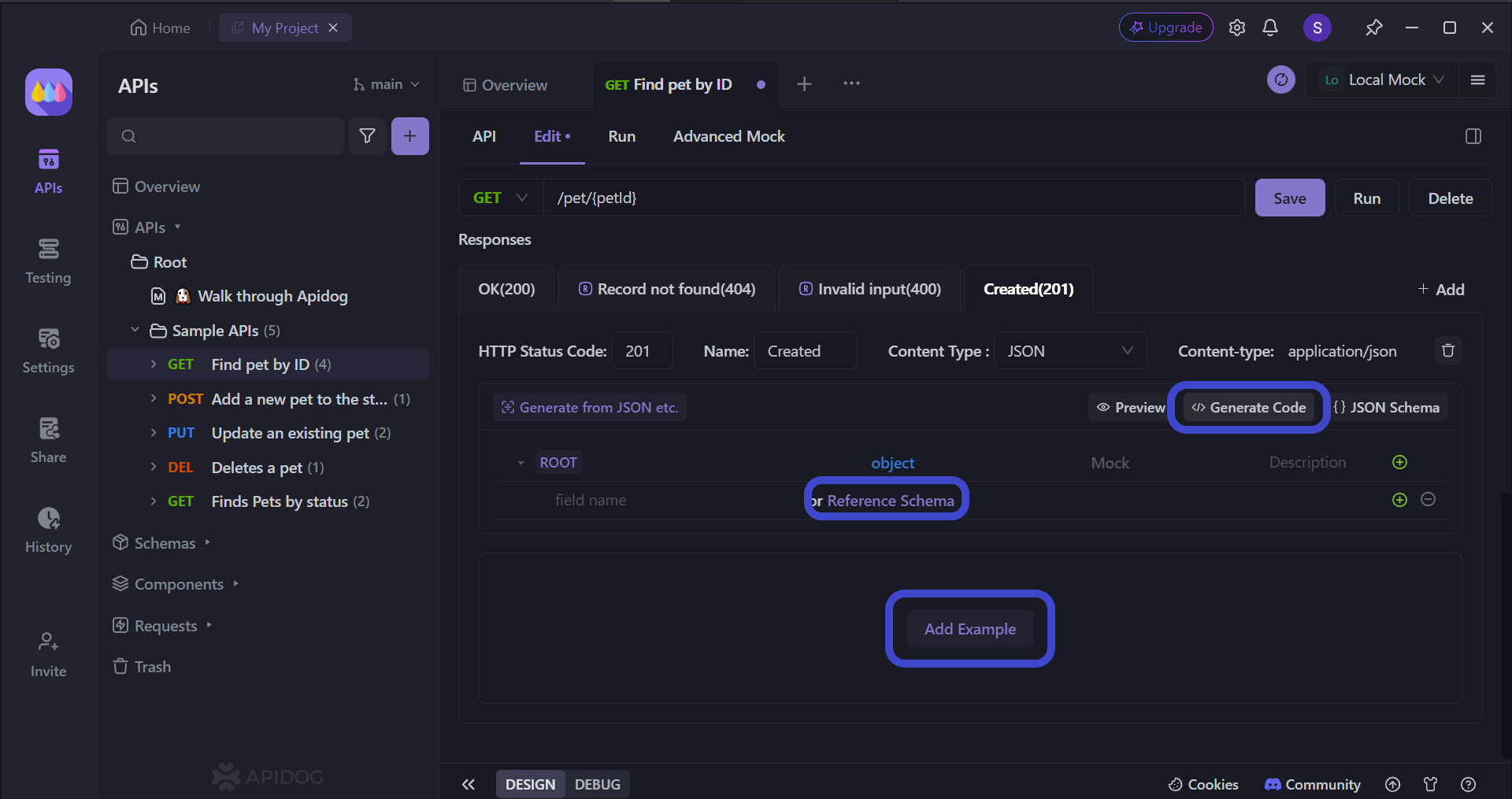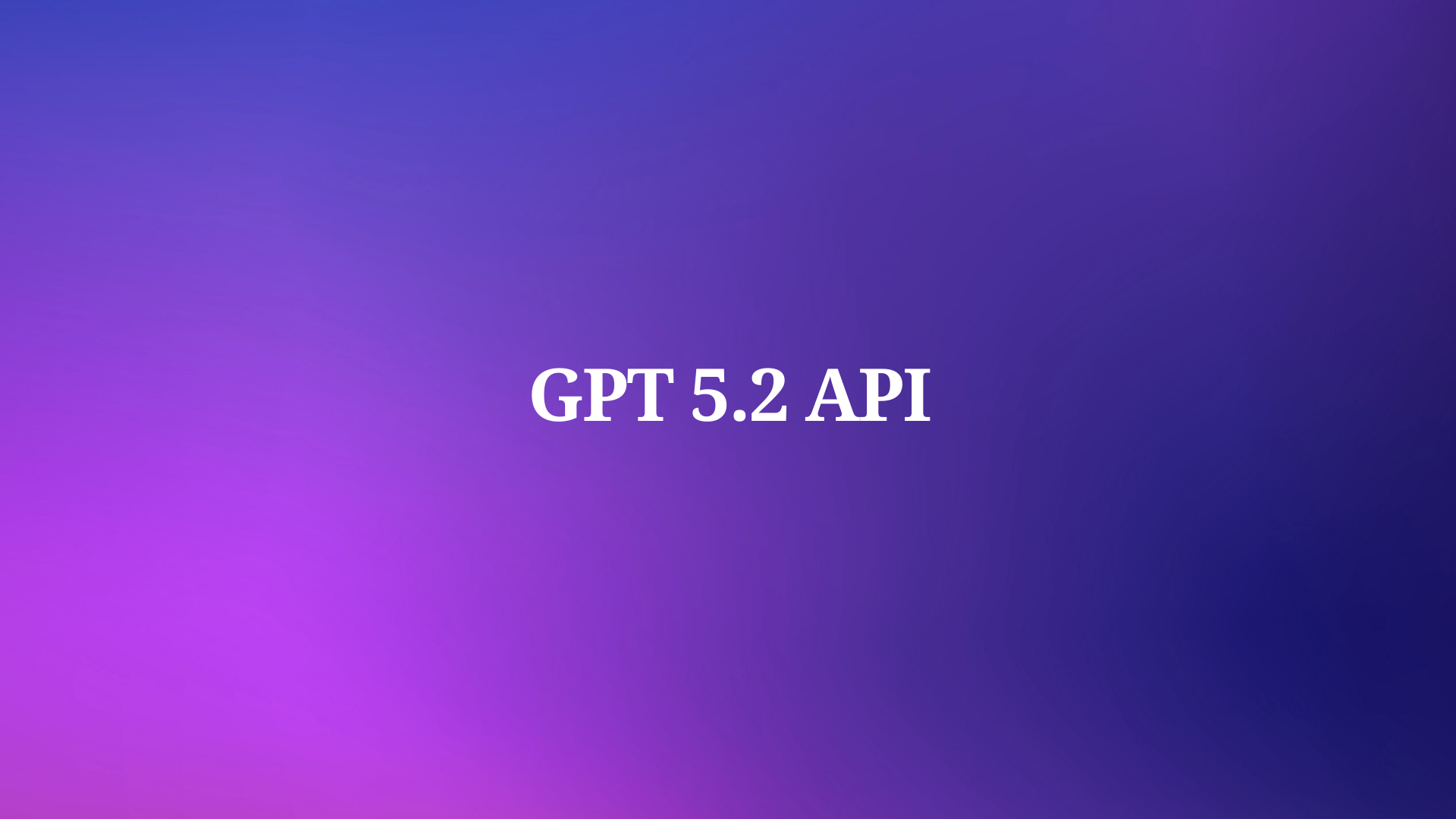Postman is a powerful API client that streamlines development workflows. However, to interact with certain APIs securely, you may need to utilize an authorization token.
To learn more about what Apidog can offer, click the button below!

This guide will provide a comprehensive walkthrough on entering an authorization token to sign into Postman, ensuring smooth access to the functionalities you require.
What is Postman?

Within the domain of software development, Postman has emerged as a critical tool for streamlining the API development workflow. This comprehensive platform consolidates essential functionalities into a singular environment, empowering programmers to design, rigorously test, and efficiently document their APIs. Consequently, Postman has become an indispensable asset for developers tackling a wide range of API projects.

What is an Authorization Token?
In the context of application programming interfaces (APIs), an authorization token is a cryptographic credential that facilitates secure access control. It functions as a verifiable piece of information that confirms the identity of a requesting party (user or application) and conveys their associated access privileges.
Key Functions of Authorization Tokens
Authentication: Similar to how you log in to a website, the authorization token verifies the identity of the party (user or application) requesting access to the API. Unlike usernames and passwords, tokens offer a more secure alternative as they eliminate the need to transmit sensitive credentials directly.
Authorization: After confirming identity, the token dictates the level of access the requester has within the API. Imagine it as a key with varying degrees of permission. A basic user token might only grant read-only access to data, while an administrator token might allow for creating, editing, and deleting information.
In essence, authorization tokens streamline secure access control for APIs. They ensure that only authorized users or applications can access the API and dictate the specific actions they can perform.
How to Resolve the "Enter Authorization Token to Sign in Postman" Error?

If a similar message to the image above appears on your screen and does not disappear after a while, chances are that you may require your authorization token to continue logging in to Postman.

Postman will then prompt you to provide your authorization token. However, this problem may appear due to other minor issues. Therefore, you can follow these few methods to bypass this issue.
Method 1 - Restart Your Device
First and foremost, try to restart your device, and reopen Postman again. Many Postman users said this method works for them!
Method 2 - Clear Cache and Reload

Postman's Desktop application has an option called "Clear Cache and Reload". Users have also expressed that this method is effective in fixing their Authorization Token issue.
All you have to do is click the top left button located in Postman's Desktop Version, and a drop-down list will appear. The "Clear Cache and Reload" option is in the "Help" section.
Apidog - Superior Alternative to Postman
Apidog is a one-stop solution to all API-related problems. With the extensive functionalities to aid users with all things API, users can be assured of being equipped with the industry's best tools for API development.


Create Personalized APIs Using Apidog
Apidog provides users the freedom to create APIs based on their vision.

To begin, press the New API button, as shown in the image above.

This section delves into the meticulous design of your REST API's core functionalities. We will comprehensively define the following aspects:
- Interaction Mechanisms: We will establish the specific methods, such as GET, POST, PUT, and DELETE, that applications will employ to communicate with your API.
- Resource Access Points (Endpoints): The precise Uniform Resource Locators (URLs), also known as endpoints, will be identified. These are the designated locations where applications will send requests to interact with your API's functionalities.
- Data Requirements (Parameters): Any mandatory parameters that applications must incorporate within the URL to target specific data sets within your API will be meticulously detailed.
- Functional Scope of Endpoints: A lucid explanation will be provided for the intended purpose of each endpoint within your API. This will ensure clarity regarding the actions each endpoint facilitates.
Ensure that you understand how to pass IDs in URLs so that API endpoint testing can be a swift and simple process for you.

Customize Your New API Response Code With Apidog

The image shows a representation of a newly introduced API response code with the status Created (201). This interface might offer you options to streamline the development process for this response. One option could be leveraging Apidog's code generation feature. Alternatively, you might utilize Apidog's schema reference functionality to construct a functional API response.
If there's a relevant existing API response code, you could consider incorporating it as a reference in the "Add Example" section. This would provide additional context and potentially serve as a starting point for further refining your API response.
Conclusion
Effectively utilizing authorization tokens within Postman empowers you to securely interact with a vast array of APIs. By incorporating the steps outlined in this guide, you'll be well-equipped to enter your tokens and gain access to the functionalities each API offers. Remember, authorization tokens safeguard sensitive credentials and streamline your workflow, making Postman an even more valuable asset in your API development endeavors.
For continued learning, delve deeper into exploring the specific requirements of the APIs you intend to interact with. Understanding their unique authorization token structures and access controls will further enhance your proficiency in leveraging Postman for productive API interactions.
![[Guide] Enter Authorization Token to Sign Into Postman](https://assets.apidog.com/blog/2024/05/postman-enter-authorization-token-to-sign-in-cover.png)



